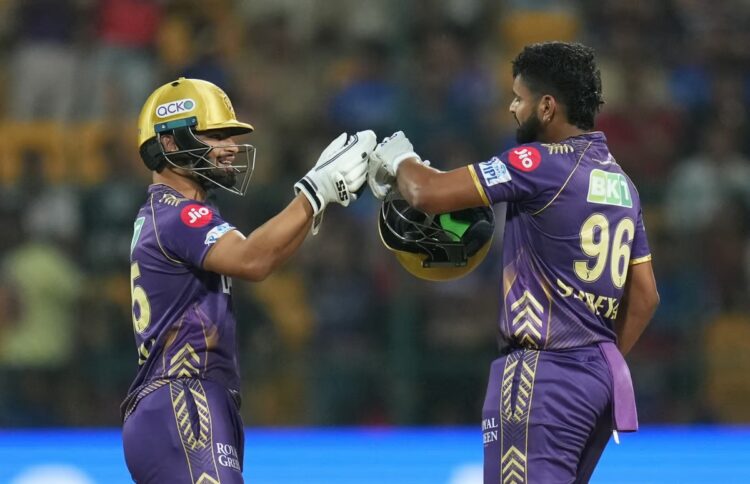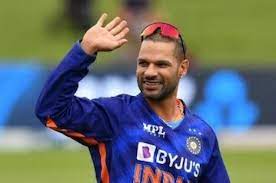The crushing of KKR exposes the lack of diversity in RCB’s bowling
Three games may not be enough to draw firm conclusions, but based on the lack of diversity in Royal Challengers Bengaluru’s bowling attack so far, it seems like the team may be in for a long, exhausting IPL season this year.

The most recent and extensive example of this specific shortcoming was shown on Friday night against the Kolkata Knight Riders, when the RCB bowlers failed to contain a pair of free-hitting hitters while protecting 183 runs.
Projecting the presence of dew and an enhanced M Chinnaswamy pitch during the second innings will be the urgent defense. However, a closer look will reveal a different story.
It takes a tight start to defend a score, especially one as competitive as 183, but the RCB bowlers were wasteful. Phil Salt hit a six off Mohammed Siraj’s length ball at mid-wicket, and the Englishman was then presented with two more delicious offers on the fifth stump, each of which was carted for a six and four.
The first over yielded eighteen runs. In the third over, Alzarri Joseph was added to the lineup. On leg-stump, however, the pacer threw Sunil Narine a length ball that was hit for a six over long-on, and two balls later, a short-pitched delivery was hit for a maximum in the same direction.
Whether it’s easy pitch or challenging pitch, these are the balls that will be penalized at this level—dew or no dew.
While Vysakh Vijayakumar made an exception by skillfully using pace-off deliveries and knuckle balls to return with outstanding numbers of 1/23, the more seasoned players were hesitant to utilize such variants, at least not regularly.
On Friday, March 29, 2024, at M Chinnaswamy Stadium in Bengaluru, the IPL 2024 T20 cricket match between RCB and KKR was won by the team led by captain Shreyas Iyer and captain Rinku Singh.
In vain, Kohli scores 83; KKR dominates Bengaluru
“Batting in the second innings was somewhat more advantageous due to the ball hitting the bat due to the dampness. In the press conference held after the game, Vijaykumar said, “I was trying to contain batters with hard-length balls and short balls banged into the pitch.”
“Nevertheless, it remained engrossing on both ends. Although we tried to shake things up, the K.C. Rangers hitters got away with it.”
He speaks with some truth. According to the figures, the KKR bowlers took three wickets with 22 balls that were bowled at a pace of less than 120 kmph and only gave up 20 runs.
Although they bowled 19 balls at a pace of less than 120 kmph, the RCB bowlers conceded 40 runs and were only able to claim one wicket.
The spots where the bowlers from KKR and RCB pitched their slower balls were the main cause of this disparity, as the latter set placed such deliveries mostly far beyond the off-stump or on the leg-side for easier pick-ups for batsmen.
Their total numbers throughout the evening also showed this. Siraj, Joseph, and Yash Dayal, the three RCB pacers, gave up 126 runs in nine overs, while Mitchell Starc, Harshit Rana, and Andre Russell of the KKR gave up 115 runs in 12 overs for four wickets.
However, it also indicates that KKR had more thorough preparation for the pitch and bowlers.
It was still difficult at the far end (where Vijayakumar was bowling). Venkatesh Iyer of KKR, who hit a 30-ball fifty, said, “But the other end (the media box side) definitely got better and the communication was to target the bowlers from there.”
Regretfully, RCB lacked sufficient choices, particularly in the spin department, to attempt a novel run-checking tactic that may have resulted in wickets.
“We gave Glenn Maxwell a go. Although finger spinners work well here, there wasn’t much spin today. Spinners may find it difficult against KKR’s left-right combo,” RCB skipper Faf du Plessis said.
“We needed a wrist-spinner who could turn it both ways.”
They had two great choices, Wanindu Hasaranga and Yuzvendra Chahal, but they decided to pass on both of them, and cricket is frequently cruel to such ruthless judgments.







